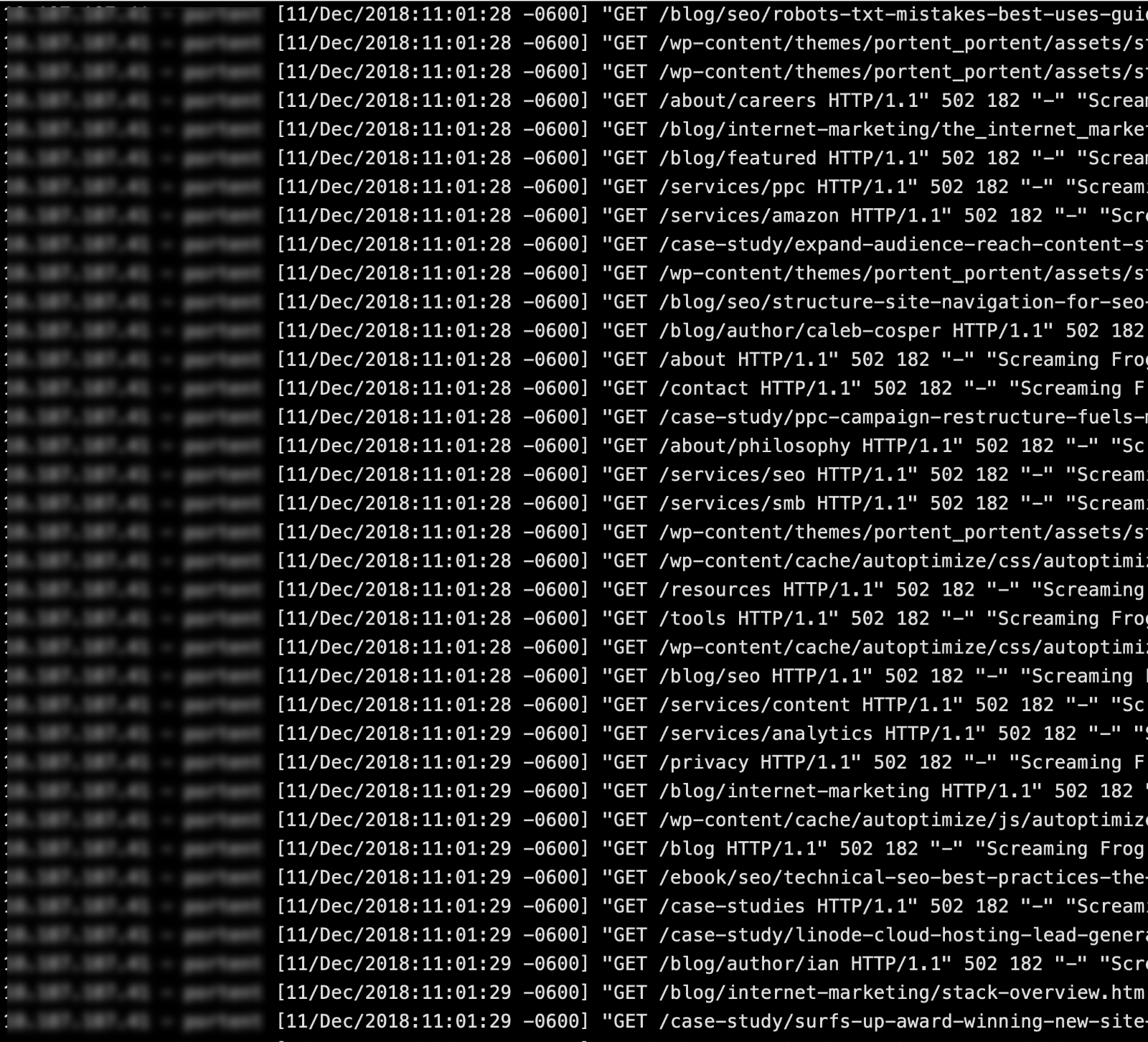
Cloud Computing 101: Cloud Monitoring
Table of contents
In the previous blog, we discussed cloud security and how to protect our cloud resources and services from attacks and unauthorized access. We explored core strategies, policies, and available frameworks to ensure robust security.
As the number of external users and internal employees grows, companies need to keep a close eye on their resources to prevent any unwanted incidents. This process is known as cloud monitoring.
Cloud monitoring is the process of continuously tracking and managing cloud resources and services to ensure they run smoothly and stay secure. It involves keeping an eye on performance, availability, and security to maintain a healthy cloud environment.
The importance
Cloud monitoring is crucial for organizations, ensuring the smooth, efficient, and secure operation of cloud-based services. Without it, you'd be like a blind person in the dark, only finding out about problems when they significantly impact your users.

That’s similar in cloud environments, where many people suffer from extra costs because they didn’t set alerts or limits to their payments. Issues like buggy code causing infinite loops or expensive calculations can lead to unexpectedly high bills.
In simple words, Without cloud monitoring, these problems go unnoticed until they become critical, leading to downtime, security vulnerabilities, and excessive costs.
Key components
Metrics & Logs
Metrics provide quantifiable data on system performance, such as CPU usage, memory consumption, and network latency. Logs, on the other hand, offer detailed records of system events, application errors, and security incidents.
A personal experience highlights the importance of logging. While maintaining a WordPress website hosted on an on-premise cloud, we faced a hacking incident. With logging enabled, we successfully identified the exploited vulnerability, determined the attack's scope, and resolved the security breach.
This incident demonstrates how metrics and logs are crucial for identifying trends, diagnosing issues, ensuring compliance, and enhancing overall system security. To facilitate these processes, cloud providers offer a range of services for log analysis and metrics monitoring, including both paid and free options.

Alerts & Notifications
Alerts can be configured to trigger when specific metrics reach predefined thresholds, sending notifications through various channels such as email or dashboards. These alerts, combined with logs, help in investigating and initiating verification processes when anomalies are detected.
For example, suppose a cloud service unexpectedly reaches a threshold for expenditure. In that case, an alert can immediately notify administrators, prompting them to investigate further using logs to understand the root cause—whether it's due to increased usage, inefficient resource allocation, or potentially unauthorized access.
Dashboards & Visualization
The previous discussed components should be visualized using well-designed charts and data tables. Administrators need access to intuitive and easy-to-navigate dashboards to effectively manage and monitor cloud environments.
Most cloud providers offer built-in visualizations for common usage and billing metrics, with options to filter data and create custom views. For more tailored needs, users with coding skills can create custom dashboards using APIs provided by these cloud providers.
This can be done using visualization software like Tableau, Power BI, or Excel, or by developing a custom solution from scratch. These custom dashboards can provide a more granular and specific view of the data, catering to unique organizational requirements.
Conclusion
In conclusion, monitoring cloud resources is important for organizations to ensure the security and efficiency of cloud-based services. This involves setting up metrics, monitoring logs, and creating visualizations based on the collected data.
In the next post, we will recap the key points discussed in this "Cloud Computing 101" series, explore the available cloud roles, and outline the steps you can take to advance your skills as a cloud enthusiast.
If you have any questions, suggestions or need further clarifications, please feel free to get in touch with me. I'm here to help and support your journey in any way I can ^_^.
